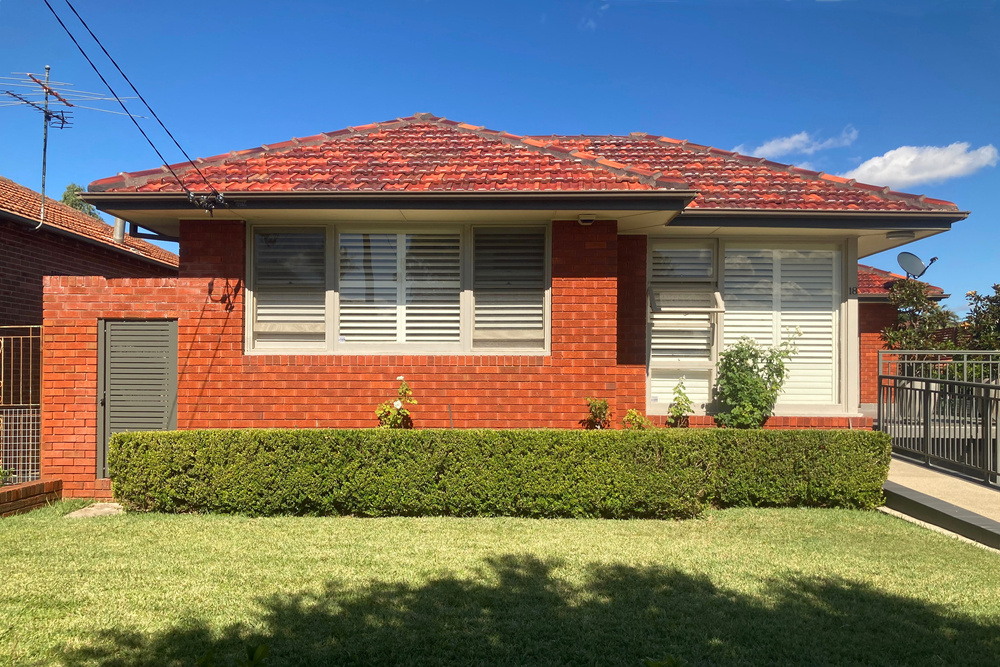Sep
Concrete and Terracotta Roofing - Head to Head
 Concrete or terracotta? Which tile is superior? If you’ve been considering a new tiled roof, you may have been asking yourself this very question. In this blog, we will help you out by offering insight into what makes these tiles different and the benefits that each offer.
Concrete or terracotta? Which tile is superior? If you’ve been considering a new tiled roof, you may have been asking yourself this very question. In this blog, we will help you out by offering insight into what makes these tiles different and the benefits that each offer.
Benefits of concrete and terracotta roofing
In truth, there are more similarities between concrete and terracotta roofing than there are differences. The chief difference is what they’re comprised of. Concrete, unsurprisingly, is made from concrete, whereas terracotta roofing is created via a mixture of clays that are then fired until they reach a comparable, enduring strength to that of concrete tiles.
So, if they’re similar in the benefits they offer, what are they exactly?
1. Long lasting
Well, first of all, both tiles are renowned for being long lasting. In fact, many tile manufacturers accompany their products with warranties that can last between 25 and 50 years.
Eventually, of course, both concrete and terracotta tiles can reach their limit, at which you may start to notice they become more brittle and are more susceptible to damage. However, you should get a good number of decades out of either options unless any of the tiles used turn out to be defective. That’s where the extensive warranty comes in.
2. They help insulate the home
The design of most concrete and terracotta tiles will help maintain more consistent temperatures in your home throughout the year. The density of the tiles helps block unnecessary heat from entering the home, and the tiles are designed to reflect heat as well - though the lighter the tile, the more it will reflect heat as opposed to absorbing it.
3. They resist the elements
If you live by the beach or any area where sea salt could end up reaching your home, concrete and terracotta tiles can both be treated to ensure that they don’t suffer any salt damage. Additionally, most tiles of both design are frost safe as well, meaning that you don’t have to worry about any frost that may form during the cooler months.
4. Non-toxic
The design of concrete and terracotta tiles ensures that they are free of any toxins that could present harm to people and animals alike. Of course, you may not be spending much time up on your roof, but the non-toxic nature of these tiles is great for any Queenslander who has a tank attached to their home. Concrete and terracotta tiles can collect rainwater and present no danger of releasing toxins into the water. Keep in mind that the cleanliness of your roof needs to be maintained, however.
5. Fire resistant
If you live in an area that is considered to have a high fire danger, concrete and terracotta tiles are a great roofing option as they’re fire resistant. Most roofing materials are nowadays, but concrete and terracotta tiles are also able to withstand notable heats. At the very least, you’ll be safe in knowing that your roof materials shouldn’t be any concern of adding fuel to any fire.
6. Low maintenance
Once your house is outfitted with either tile, you’ll find that they’re relatively low maintenance and are built to last for decades. The only time you may need to go up there is to remove debris such as twigs and leaves. If any of your tiles do suffer damage, repairs are usually quite simple as, for the most part, it will simply be a case of replacing a damaged tile with a new one.
7. Noise reduction
The natural density of tiles means that it’s harder for outside noise to penetrate. As a result, you’ll find that a tiled roof will help reduce external noises such as traffic, planes and other comparable noise pollution.
Differences between concrete and terracotta
So if the benefits of these two types of tile are almost identical, are there any notable differences between the two? Well, terracotta is usually considered to be both lighter and keeps its colour for longer. While people do debate over which tile is stronger (some say concrete, some say terracotta), they’re actually very similar in that respect. In terms of cost, concrete tiles are usually cheaper.
What type of tile you decide to invest in will really depend on your budget and the type of tile you think will look best on your roof.



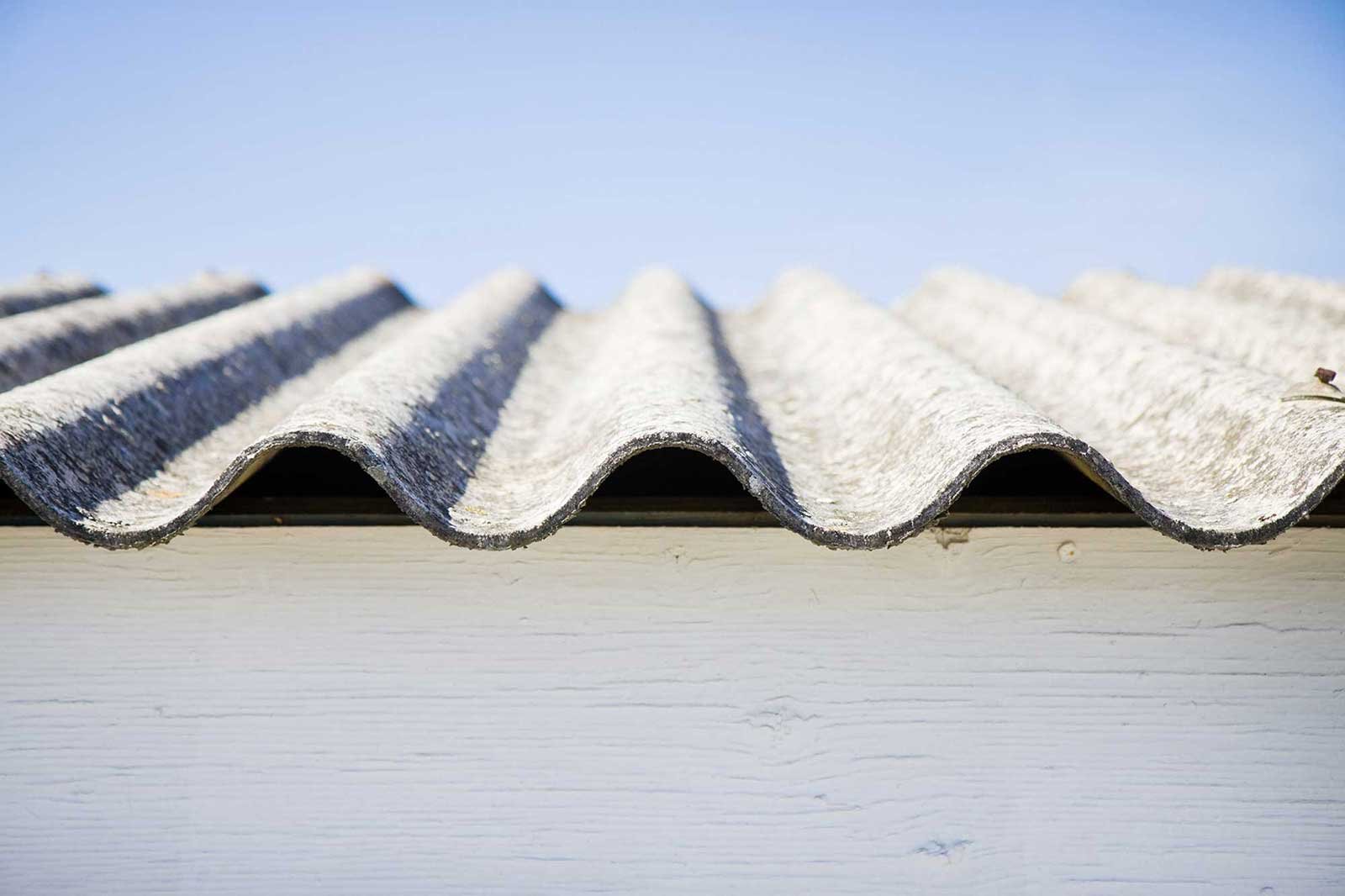





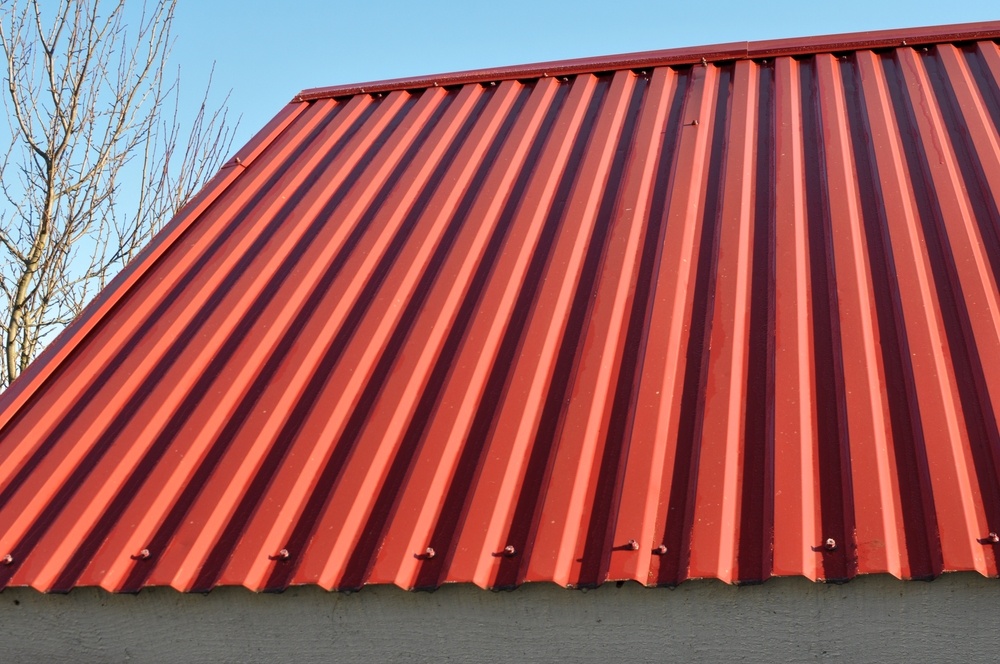
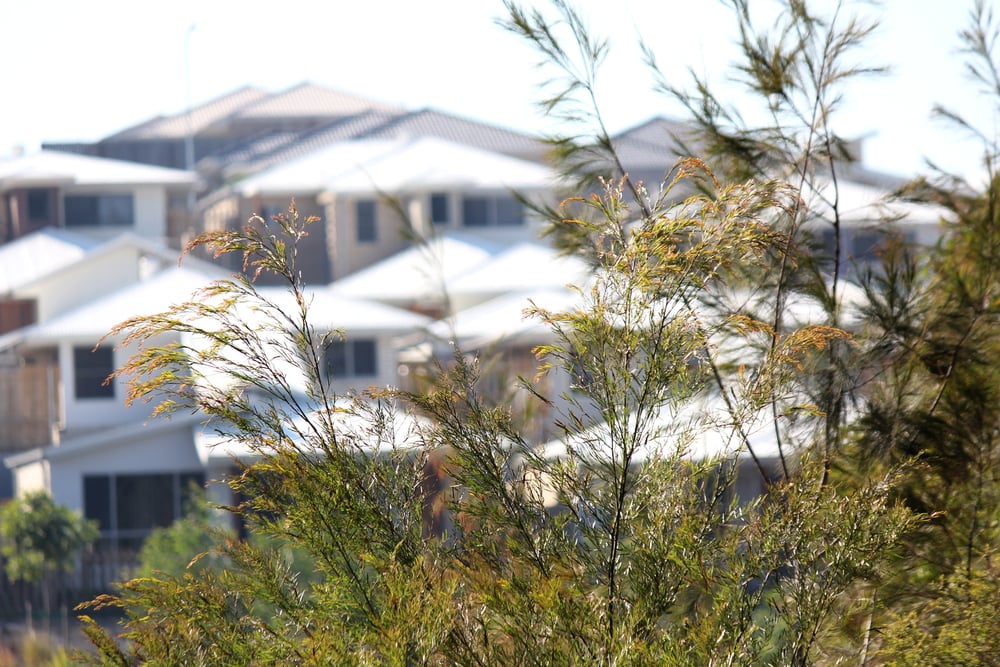

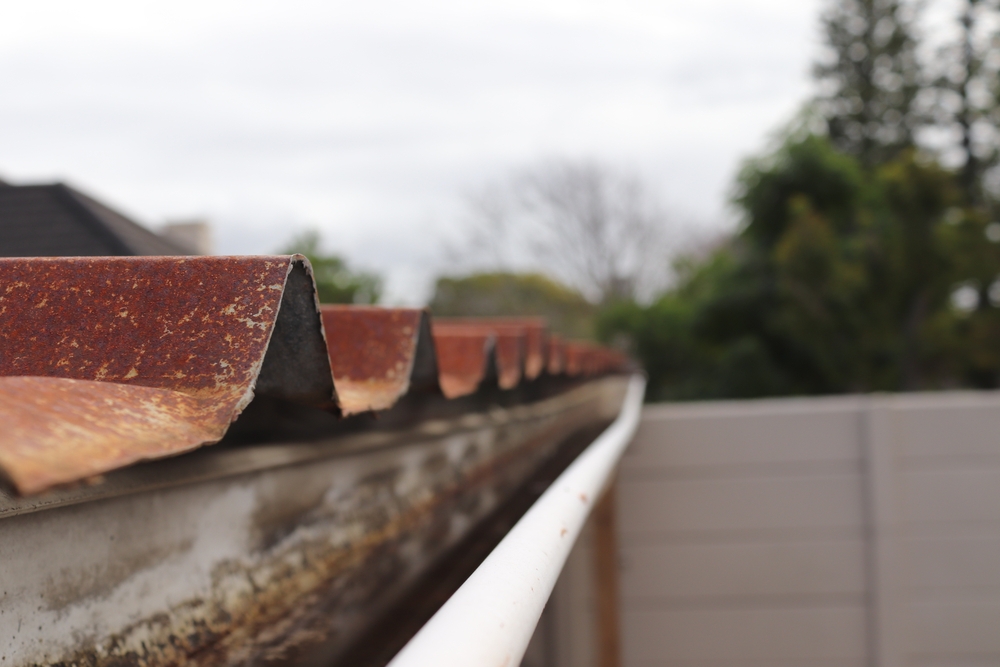
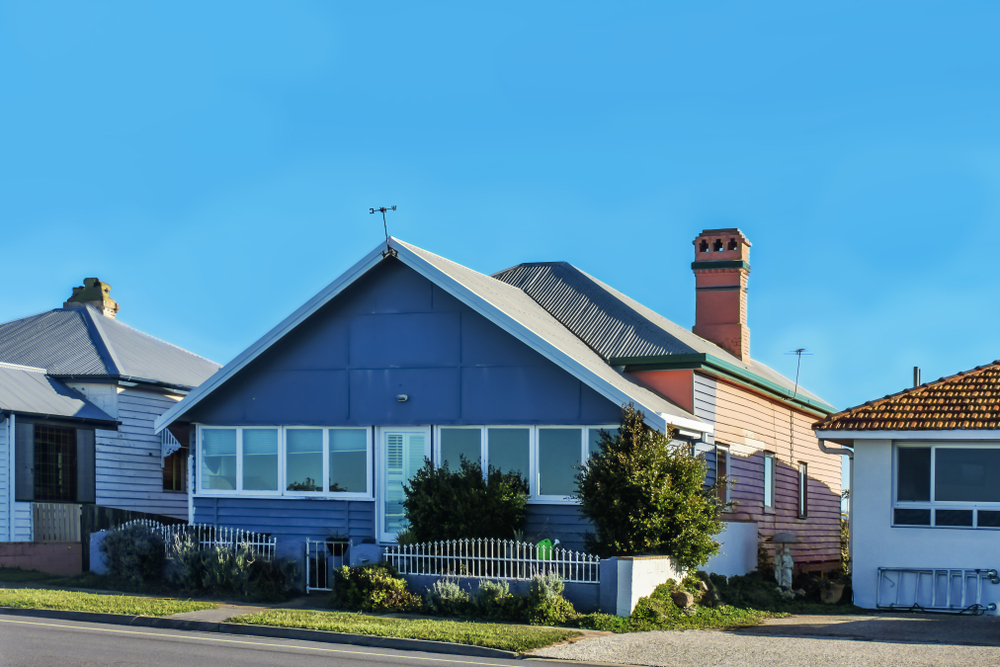
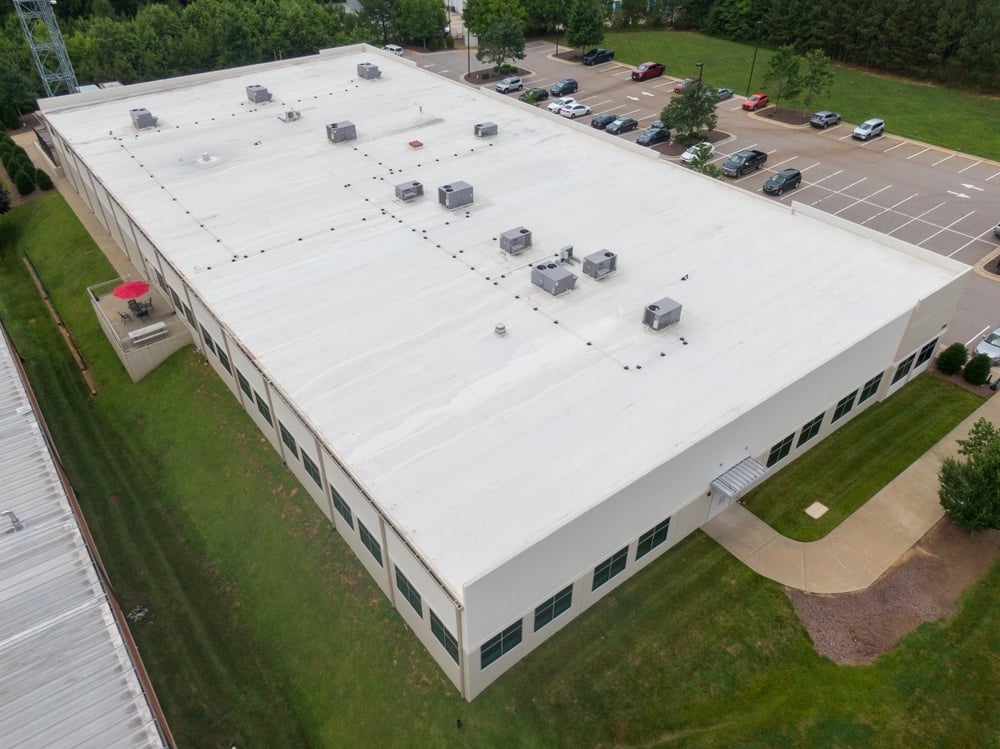
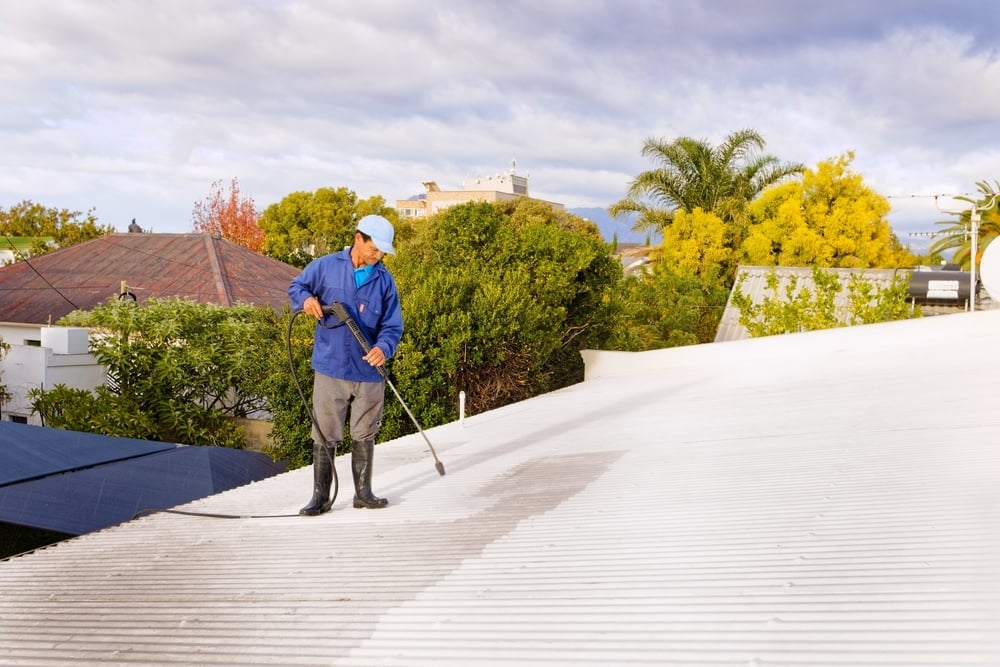
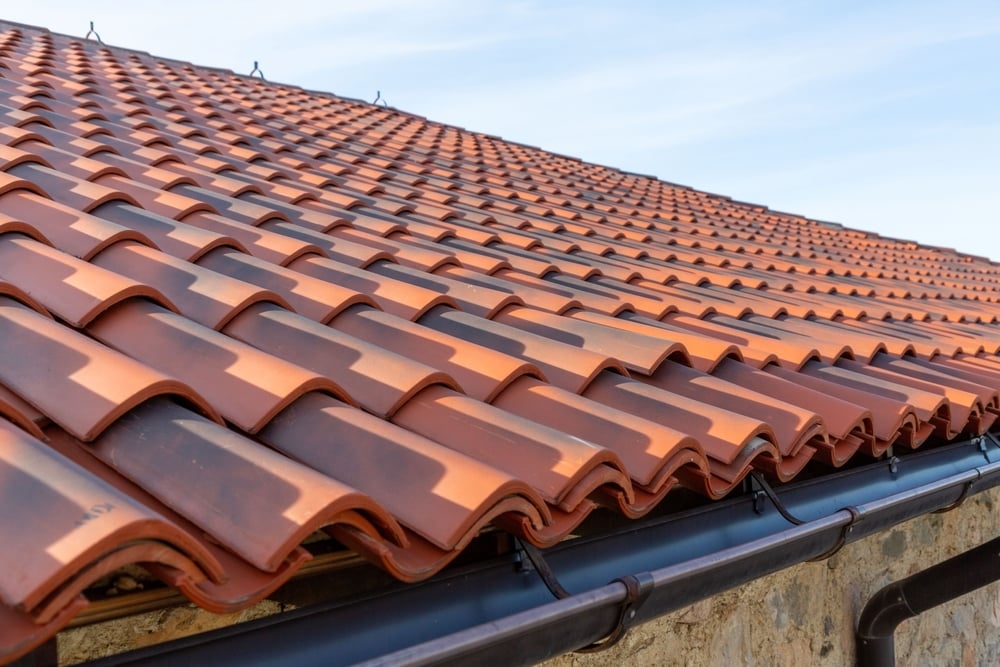
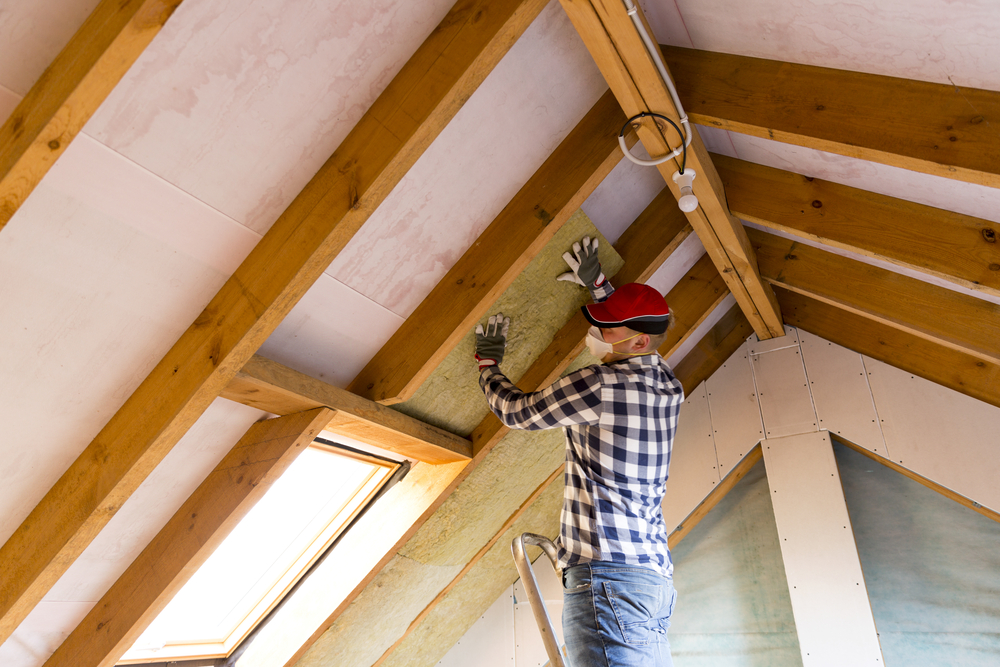
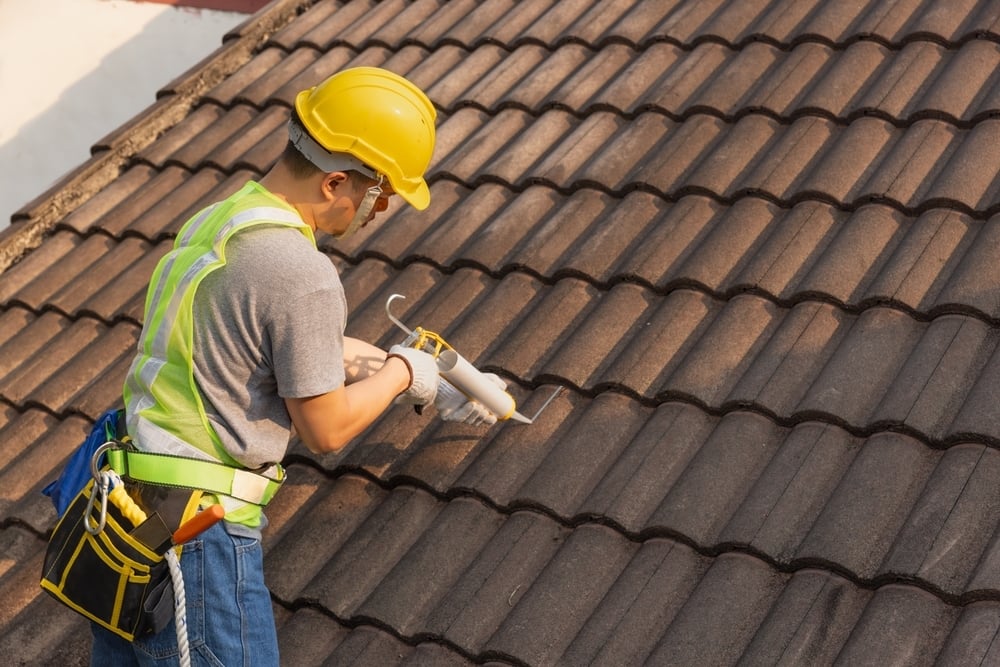
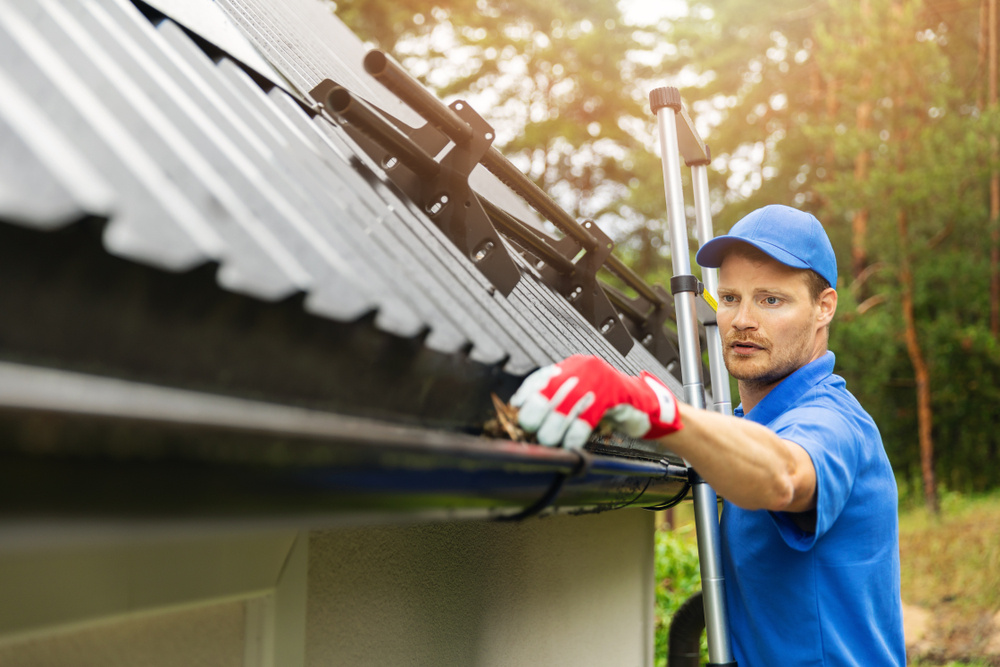

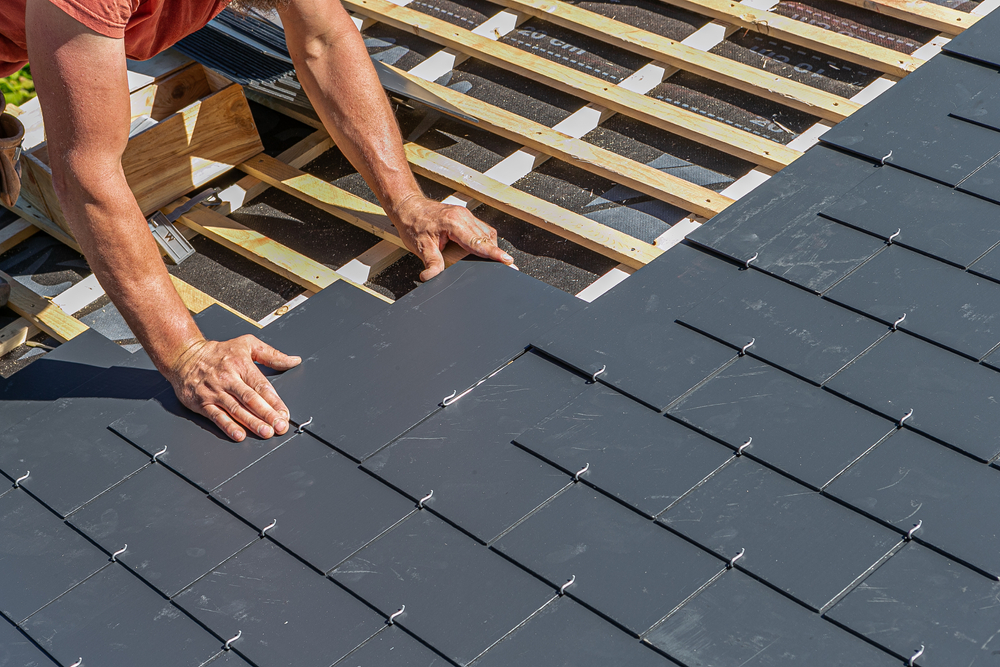
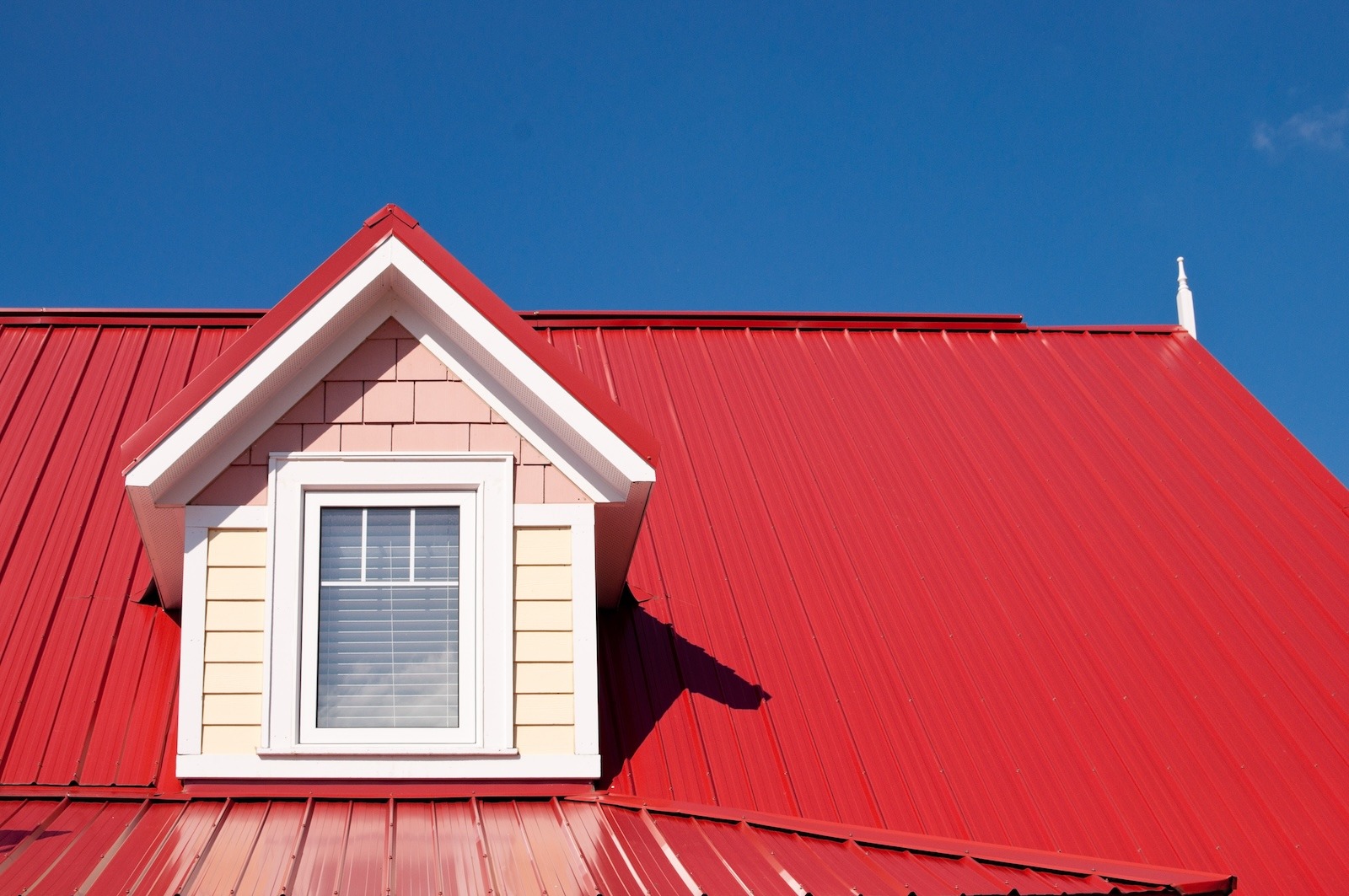
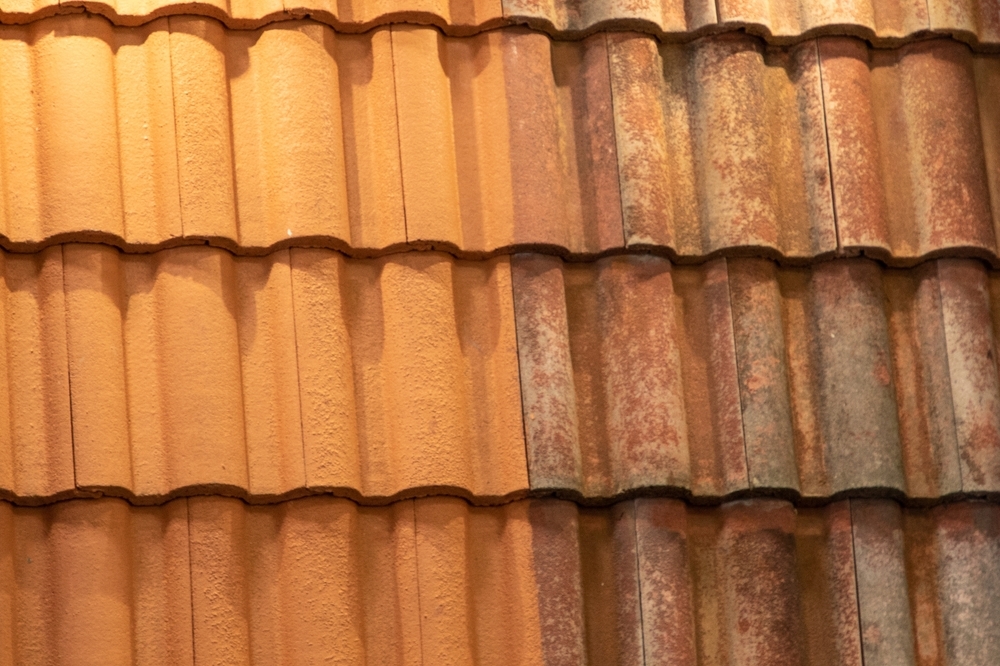
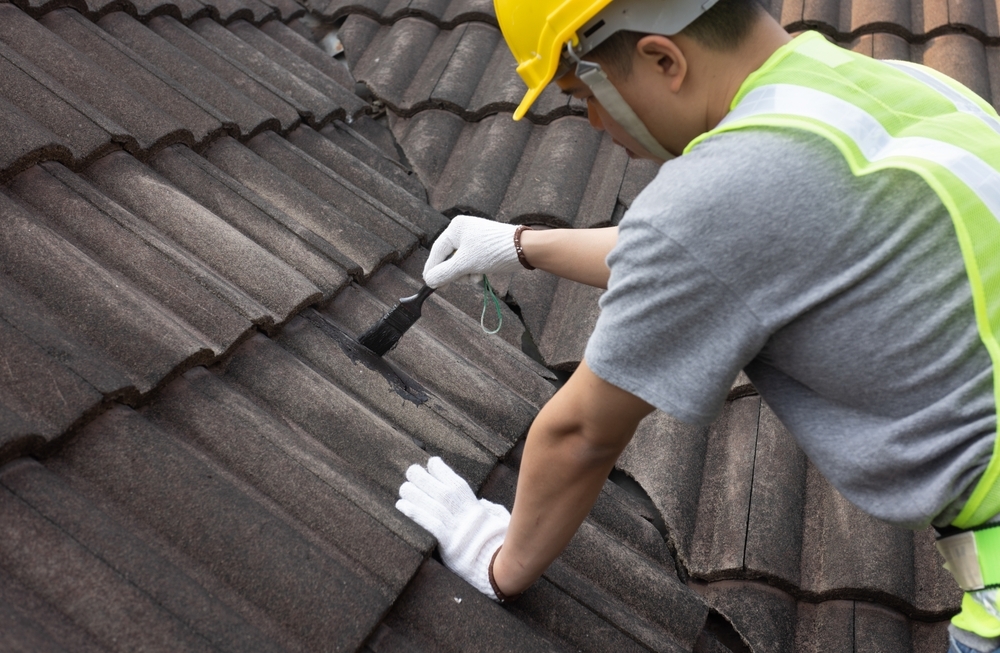
.jpg)
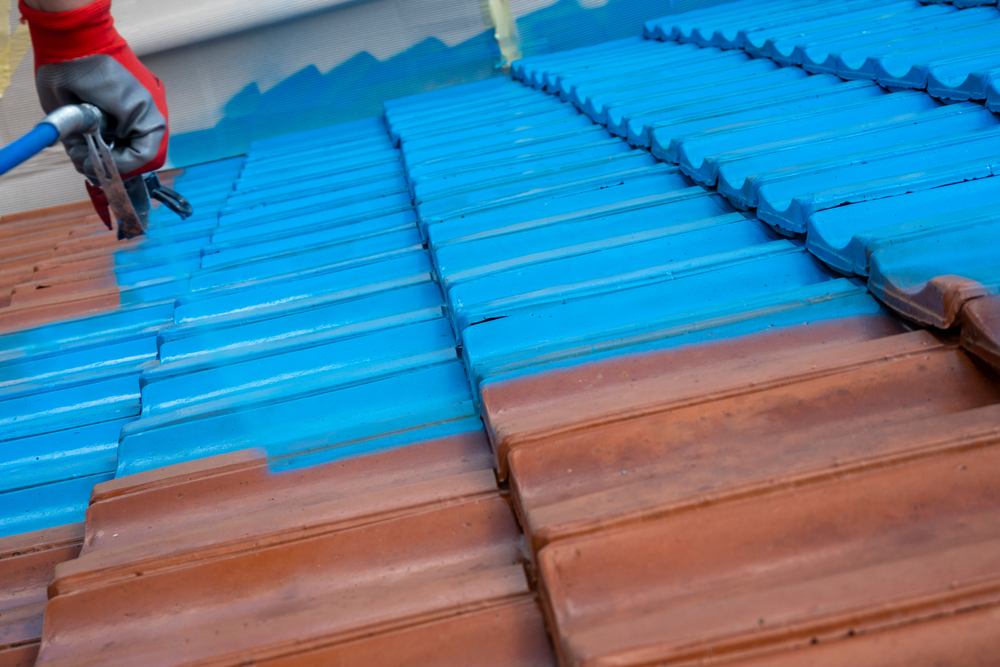
.jpg)
